So You Want To Shoot Better Abstract Macros? Here’s How.
Abstract macros can make exceptionally beautiful photographs. They’re the kind of photos that make excellent framed images. They can be aesthetically pleasing, and like an abstract painting – are something that you’d be proud to have on your wall.
You’ve probably seen abstract images before – maybe in photography books or in your journeys across the net. These photos have a mysterious and intriguing quality to them. Unlike standard photography, where you can usually tell what you’re looking at, with abstract images, it’s usually a mystery! Instead of being concerned with depicting a scene, or reality – abstract photos are all about using elements to create a pleasing whole.
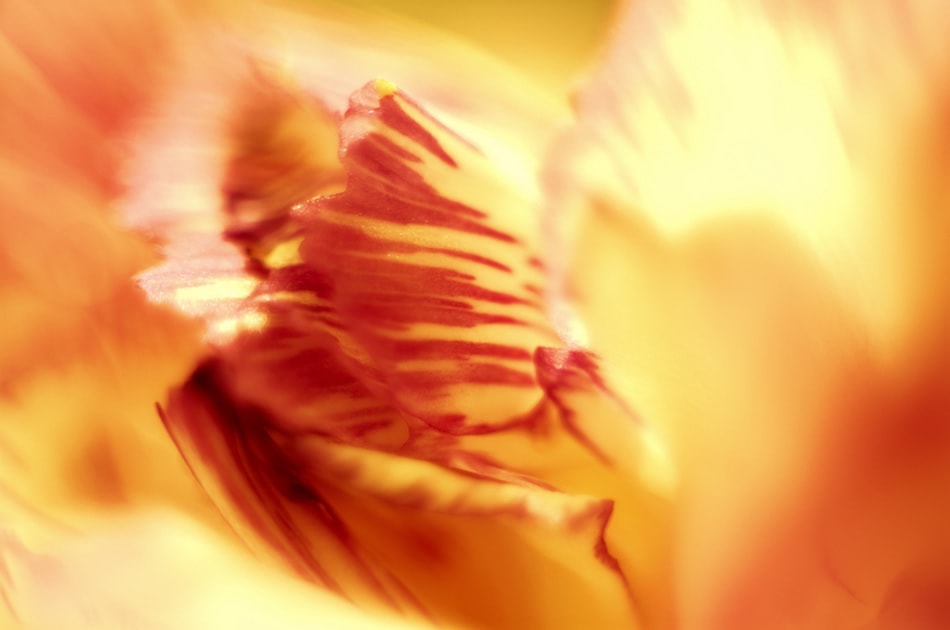
photo by Mr Shark
While mastering the art of creating excellent abstract images can be tricky, the results are more than worth it. When done right, an abstract macro can be an exceptionally moving image.
What is an Abstract Macro Image?
Macro photography is the art of getting closer. True macro photography has a 1:1 ratio, which means that the image on the camera’s digital sensor is the same size as it is in real life – or bigger. The best macro images are ones that bring us up close to tiny subjects in all of their intricacies, and let us imagine a small world – as it would be if it were life-sized.
With abstract macros, it’s a slightly different story. Abstract art is, “Art that does not attempt to represent external reality, but seeks to achieve its effect using shapes, forms, colors, and textures.” (Oxford) This means that abstract images, for the most part, are designed purely for aesthetic reasons.
They’re not meant to be literal renditions of a scene at hand – rather, they rely on the use of color, shape, form, and texture – to form the composition.
While macro images usually attempt to explain the minute world around us, drawing out new details that show the subject in a pleasing way, abstract macros make no such attempt at explaining. Instead, an abstract image is more about exploring – and using compositional elements to create an image that makes us feel something.
Abstract macros draw you into a hidden world. Look closely at some of these images and you’ll feel like you’re in another place. Creating excellent abstract macros involves learning to see beyond the obvious, and to look for ways to use compositional elements to create an image that’s both intriguing, and beautiful.
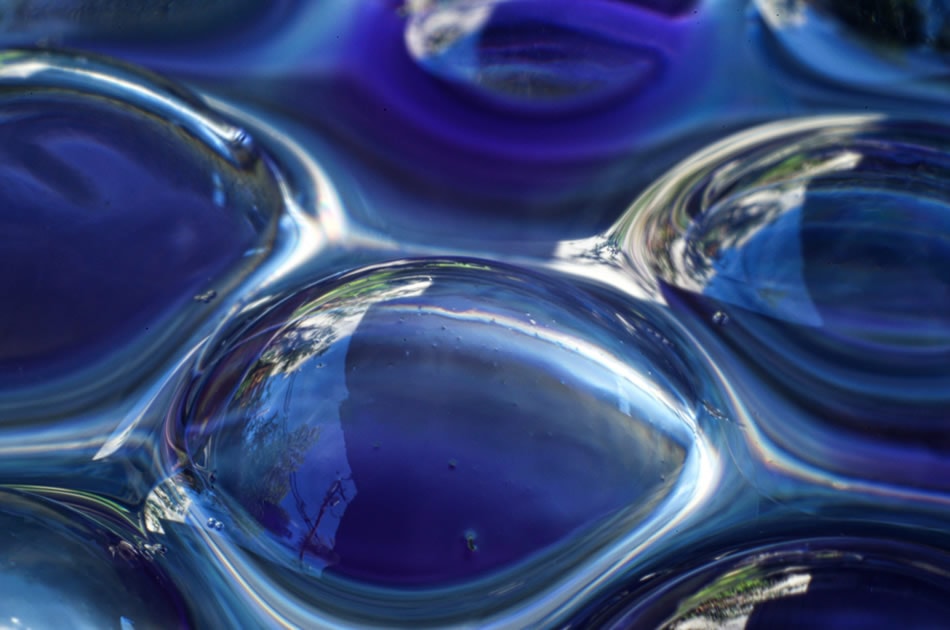
photo by David Meurin
Composing Abstract Macros
There are two main types of abstract macros: staged images, and close-ups of things that already exist.
Staged images involve using items – like colorful backgrounds, water, food dye, or bubbles to create an environment and subjects for the purpose of photographing them. Staging the scene may sound like “cheating” but you could also argue that just like making a painting, staging involves using the elements at hand to create a beautiful end result; which really, is the goal of all art.
Capturing close-ups of already-existing subjects is another great way to get some great abstract macro shots. Using things found in nature is one of the best places to start when creating abstract images, since organic materials usually yield the best results. Plants, logs, flowers, rocks, or even fruits and vegetables all make great subjects for abstract macro photography. Indoor subjects are a bit more tricky to start with, but if you’d like to try your hand at capturing everyday items, try to look at the objects in a new way, photographing from an angle that you wouldn’t normally see them from. And of course, get as close as possible – you’re making abstract art, not a lifelike snapshot, so make sure the item isn’t immediately recognizable!
When composing your abstract images, compositional guidelines still apply. You can use leading lines, contrast, pattern, and balance to create a visually pleasing image.
Just remember, that a great abstract image captures an ordinary subject – in a way that it isn’t normally seen. So get as close as possible, and use line, shape, color, form, shadow, and texture to create your photo.
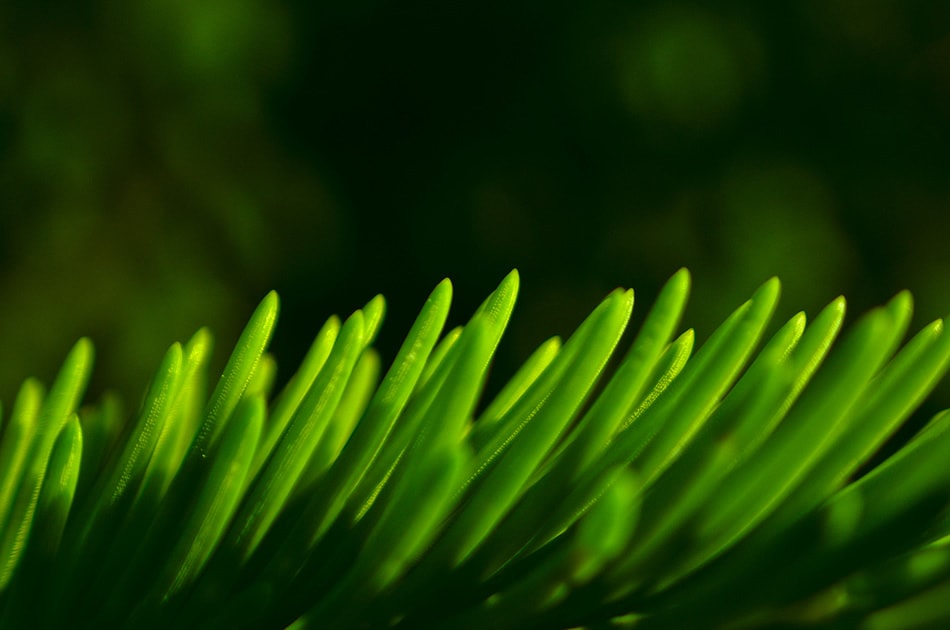
photo by Zoltán Vörös
Pay Attention to Light
When it comes to shooting macros, you’ll want to pay close attention to the light. The light can make or break an image – and this is especially true with abstract photography, which relies heavily on the use of elements like form, color, and shadows – things that are all directly influenced by light.
Sometimes, you may want to consider adding in some additional light. If you’re photographing indoors, try bringing your subject over to the window, or even outside for natural light. You could also try bringing your subjects outside during golden hour, for some spectacular golden light. Or, use alternative light sources – like a lamp, an off-camera flashgun or even a flashlight to create your own light. You could also use a reflector or a small mirror to bounce more light onto the subject.
Additional lighting can also create interesting background bokeh, or even beautiful rim lighting – depending on the light source, its position, and your desired composition.
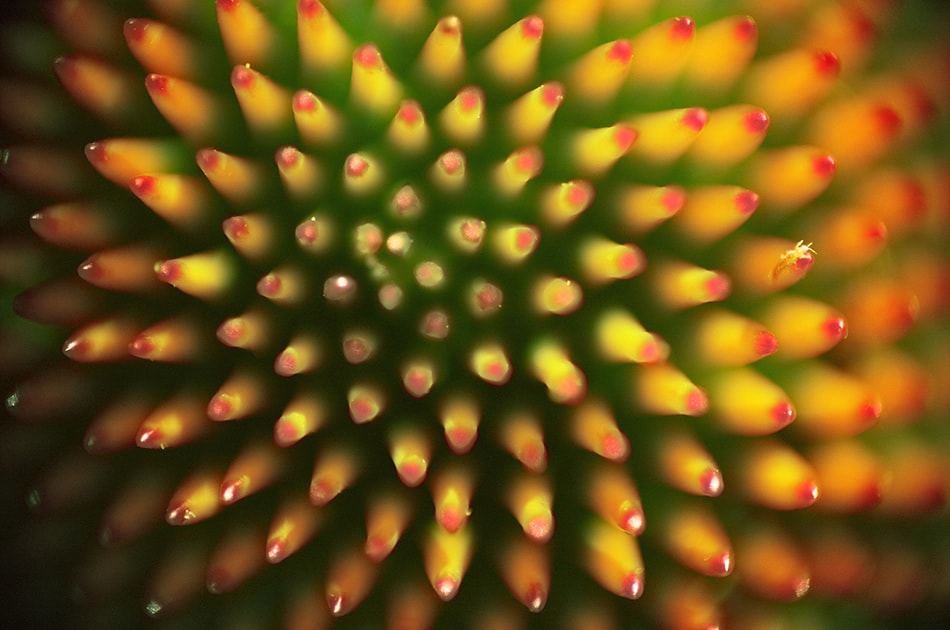
photo by Alex
Equipment for Abstract Macros
- Lens: While you don’t desperately need a macro lens, it will yield a much better result – especially for abstract macros where you will want to get as close to the subject as possible. For abstract macros, you’ll want at least a 100mm, but 180mm or 200mm is even better.
- Tripod: A tripod is another great tool for macro photography. Since you will be incredibly close to your subject, any movement will throw your image off. A tripod will help to ensure that your image is as clear as possible.
- Backgrounds: Some macro photographers bring their own backgrounds. Bringing along some colored card in a few different colors can be helpful for those times where you need a simplified background to place behind a subject.
- A Light Source: An external light source can come in handy – especially for indoor photography, or if you’re out on a dark day.
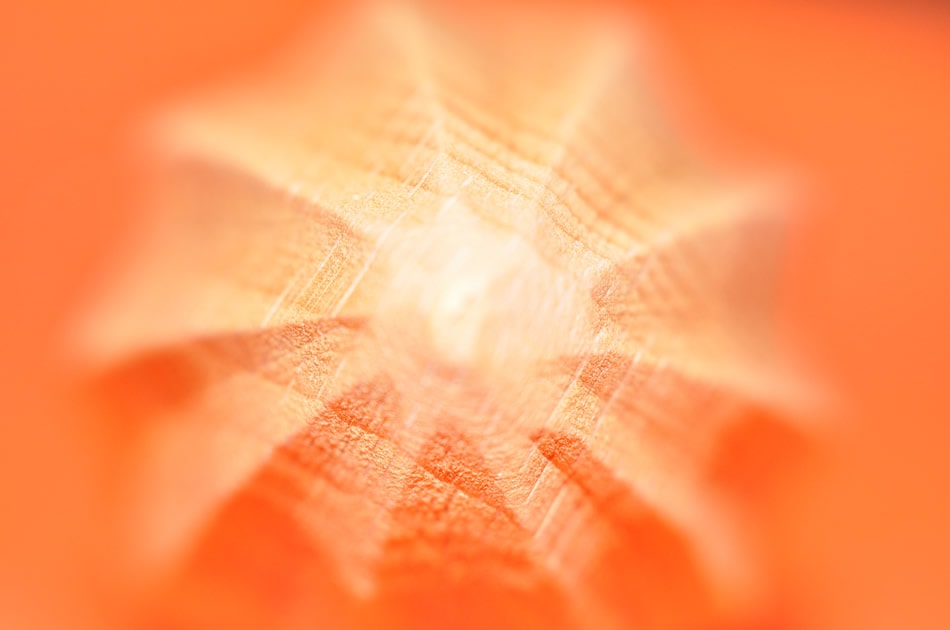
photo by pedrik
Camera Settings
Your ideal camera settings will depend widely on your desired effect. If you’re hoping to keep most of the image sharp and in-focus – be sure to use an aperture of f/8 or above. Choose a wider aperture (smaller f/stop number) if you want a shallow depth of field that will allow you to keep the subject sharp while throwing the background out of focus.
While shooting abstract macros, keep your eyes open for new opportunities. Try out new and unexpected angles and perspectives until you see something that looks like a great abstract image. It takes time to get into the right mindset for capturing abstract images, so don’t get discouraged if you’re shots aren’t wall-worthy from the start. Keep trying and you’ll be surprised at the beautiful, artistic images that you can create.
Are you ready to start exploring abstract photography? Feel free to share your abstract masterpieces with us on Facebook or Twitter!
